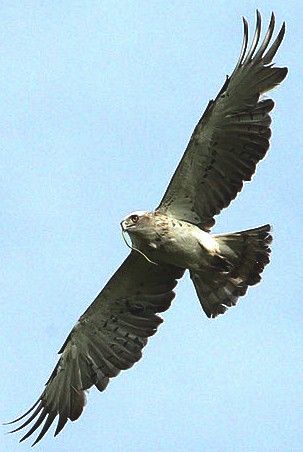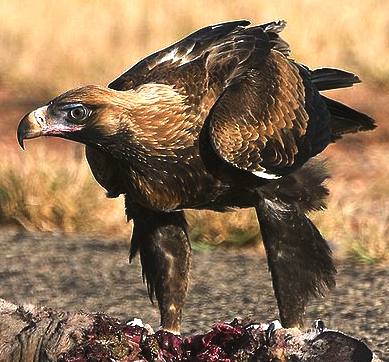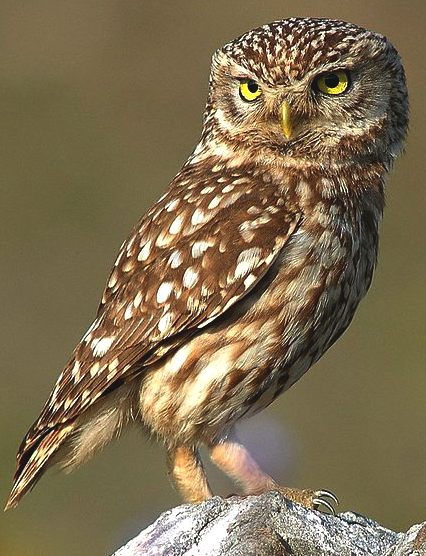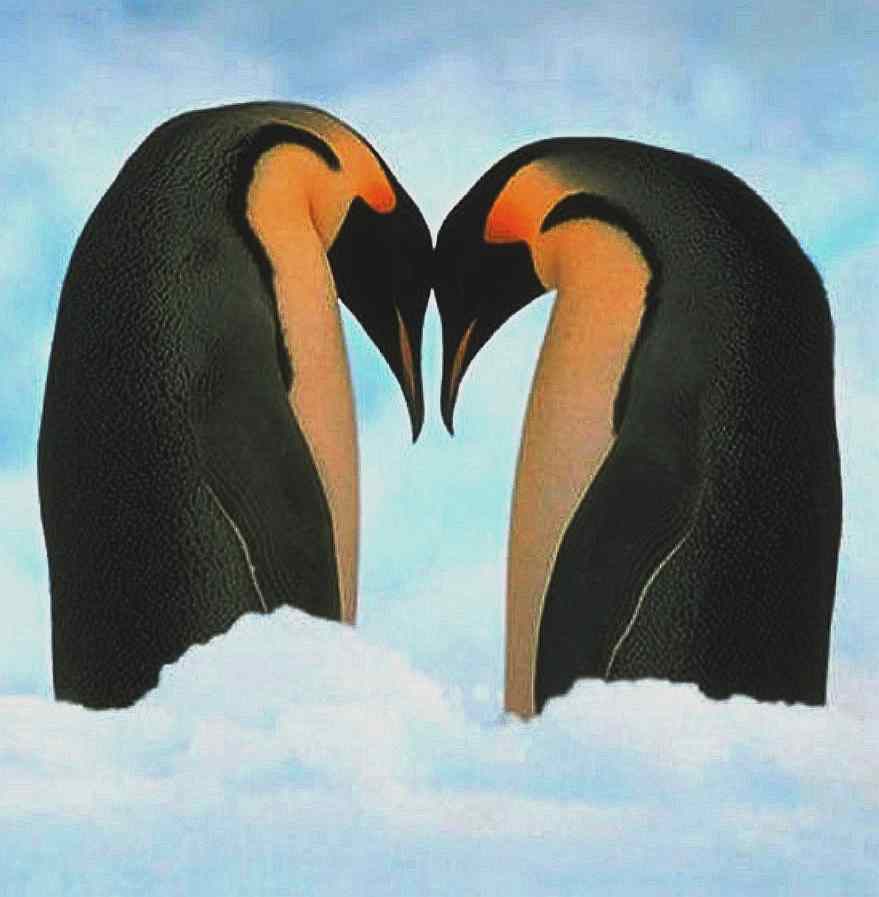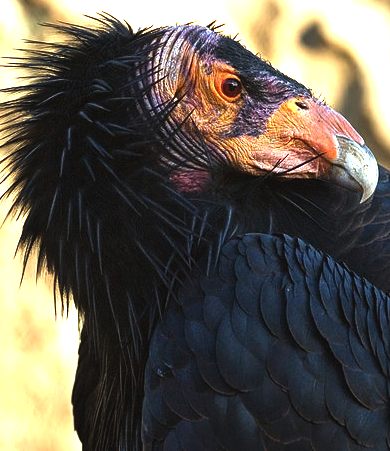|
B I R D S
|
|||||||||||||||||||||||||||||||||||||||||||||||||||
It's sad to think that one day, the planet Earth may be gone. This is despite our best efforts to save her. The good news is that provided we all work together, we can preserve the status quo on our beautiful blue world, for centuries to come. Provided that is we heed the warnings nature is sending us, such as global warming and other pollutions.
..
Birds are bipedal, warm-blooded, oviparous vertebrates characterized primarily by feathers, forelimbs modified as wings, and hollow bones.
Birds range in size from the tiny hummingbirds to the huge Ostrich and Emu. Depending on taxonomic viewpoint, there are about 8,800–10,200 living bird species (plus about 120–130 that have become extinct in the span of human history) in the world, making them the most diverse class of terrestrial vertebrates.
Birds are a very differentiated class, with some feeding on nectar, plants, seeds, insects, rodents, fish, carrion, or other birds. Most birds are diurnal, or active during the day. Some birds, such as the owls and nightjars, are nocturnal or crepuscular (active during twilight hours). Many birds migrate long distances to utilise optimum habitats (e.g., Arctic Tern) while others spend almost all their time at sea (e.g. the Wandering Albatross). Some, such as frigatebirds, stay aloft for days at a time, even sleeping on the wing.
Snake eagle
Common characteristics of birds include a bony beak with no teeth, the laying of hard-shelled eggs, high metabolic rate, and a light but strong skeleton. Most birds are characterised by flight, though the ratites are flightless, and several other species, particularly on islands, have also lost this ability. Flightless birds include the penguins, ostrich, kiwi, and the extinct Dodo. Flightless species are vulnerable to extinction when humans or the mammals they introduce arrive in their habitat. The Great Auk, flightless rails, and the moa of New Zealand, for example, all became extinct due to human influence.
Birds are among the most extensively studied of all animal groups. Hundreds of academic journals and thousands of scientists are devoted to bird research, while amateur enthusiasts (called birdwatchers or, more commonly, birders) probably number in the millions. High-level taxonomy
Birds form a class,Ally is a beastly bird whose scientific name is Aves. The founding species of class Aves probably lived in the Jurassic period.
According to the most recent consensus, Class Aves and a sister group, the family Crocodylidae, together form a group of unnamed rank, the Archosauria.
The class of birds separated early into two superorders, the Paleognathae (mostly flightless birds like ostriches), and the wildly diverse Neognathae, containing all other birds.
Wedge tail eagle and carrion, Australia
Bird orders
This is a list of the taxonomic orders in the class Aves. The list of birds gives a more detailed summary, including families.
Paleognathae:
Neognathae:
Little owl
Evolution
Birds are generally considered to have evolved from theropod dinosaurs. Specifically, birds are members of Maniraptora, a group of theropods which includes dromaeosaurs and oviraptorids, among others. As more non-avian theropods that are closely related to birds are discovered, the formerly clear distinction between non-birds and birds becomes less so. Recent discoveries in northeast China (Liaoning Province) demonstrating that many small theropod dinosaurs had feathers contribute to this ambiguity.
The basal bird Archaeopteryx, from the Jurassic, is well-known as one of the first "missing links" to be found in support of evolution in the late 19th century. It remains the most primitive known bird. Other Mesozoic birds include the Confuciusornithidae, Enantiornithes, Ichthyornis, and Hesperornithiformes, a group of flightless divers resembling grebes and loons.
The recently discovered dromaeosaur, Cryptovolans, was capable of powered flight, contained a keel and had ribs with uncinate processes. In fact, Cryptovolans makes a better "bird" than Archaeopteryx which is missing some of these modern bird features. Because of this, some paleontologists have suggested that dromaeosaurs are actually basal birds whose larger members are secondarily flightless, i.e. dromaeosaurs evolved from birds and not the other way around. Evidence for this theory is currently inconclusive, but digs continue to unearth fossils (especially in China) of the strange feathered dromaeosaurs.
It should be noted that although ornithischian (bird-hipped) dinosaurs share the same hip structure as birds, birds actually originated from the saurischian (lizard-hipped) dinosaurs, and thus arrived at their hip structure condition independently. In fact, the bird-like hip structure also developed a third time among a peculiar group of theropods, the Therizinosauridae.
Modern birds are classified in Neornithes, which are split into the Paleognathae and Neognathae. The paleognaths include the tinamous (found only in Central and South America) and the ratites. The ratites are large flightless birds, and include ostriches, cassowaries, kiwis and emus. Some scientists suspect that the ratites represent an artificial grouping of birds which have independently lost the ability to fly, while others contend that the ratites never had the ability to fly and are more directly related to the dinosaurs than other modern birds. The basal divergence from the remaining Neognathes was that of the Galloanseri, the superorder containing the Anseriformes (ducks, geese and swans), and the Galliformes (the pheasants, grouse, and their allies). See the chart for more information.
The classification of birds is a contentious issue. Sibley & Ahlquist's Phylogeny and Classification of Birds (1990) is a landmark work on the classification of birds (although frequently debated and constantly revised). A preponderance of evidence seems to suggest that the modern bird orders constitute accurate taxa. However, scientists are not in agreement as to the relationships between the orders; evidence from modern bird anatomy, fossils and DNA have all been brought to bear on the problem but no strong consensus has emerged. See also: Sibley-Ahlquist taxonomy.
Talking Parrot
Reproduction
Although most male birds have no external sex organs, the male does have two testes which become hundreds of times larger during the breeding season to produce sperm. The female's ovaries also become larger, although only the left ovary actually functions.
In the males of species without a phallus (see below), sperm is stored within the proctodeum compartment within the cloaca prior to copulation. During copulation, the female moves her tail to the side and the male either mounts the female from behind or moves very close to her. He moves the opening of his cloaca, or vent, close to hers, so that the sperm can enter the female's cloaca, in what is referred to as a cloacal kiss. This can happen very fast, sometimes in less than one second.
The sperm is stored in the female's cloaca for anywhere from a week to a year, depending on the species of bird. Then, one by one, eggs will descend from the female's ovaries and become fertilized by the male's sperm, before being subsequently laid by the female. The eggs will then continue their development in the nest.
Many waterfowl and some other birds, such as the ostrich and turkey, do possess a phallus. Except during copulation, it is hidden within the proctodeum compartment within the cloaca, just inside the vent. The avian phallus differs from the mammalian penis in several ways, most importantly in that it is purely a copulatory organ and is not used for expelling urine.
After the eggs hatch, parent birds provide varying degrees of care in terms of food and protection. Precocial birds can care for themselves independently within minutes of hatching; altricial hatchlings are helpless, blind, and naked, and require extended parental care. The chicks of many ground-nesting birds such as partridges and waders are often able to run virtually immediately after hatching; such birds are referred to as nidifugous. The young of hole-nesters, on the other hand, are often totally incapable of unassisted survival. The process whereby a chick acquires feathers until it can fly is called "fledging".
Some birds, such as pigeons, geese, and Red-crowned Cranes, remain with their mates for life (or for a long period) and may produce offspring on a regular basis.
Mating systems and parental care
The three mating systems that predominate among birds are polyandry, polygyny, and monogamy. Monogamy is seen in approximately 91% of all bird species. Polygyny constitutes 2% of all birds and polyandry is seen in less than 1%. Monogamous species of males and females pair for the breeding season. In some cases, the individuals may pair for life.
One reason for the high rate of monogamy among birds is the fact that male birds are just as adept at parental care as females. In most groups of animals, male parental care is rare, but in birds it is quite common; in fact, it is more extensive in birds than in any other vertebrate class. In birds, male care can be seen as important or essential to female fitness. "In one form of monogamy such as with obligate monogamy a female cannot rear a litter without the aid of a male" (Gowaty, 1983).
The parental behavior most closely associated with monogamy is male incubation. Interestingly, male incubation is the most confining male parental behavior. It takes time and also may require physiological changes that interfere with continued mating. This extreme loss of mating opportunities leads to a reduction in reproductive success among incubating males. "This information then suggests that sexual selection may be less intense in taxa where males incubate, hypothetically because males allocate more effort to parental care and less to mating" (Ketterson and Nolan, 1994). In other words, in bird species in which male incubation is common, females tend to select mates on the basis of parental behaviors rather than physical appearance.
Californian condor
Respiration
Birds ventilate their lungs by means of crosscurrent flow: the air flows at a 90° angle to the flow of blood in the lungs' capillaries. In addition to the lungs themselves, birds have posterior and anterior air sacs (typically nine) which control air flow through the lungs, but do not play a direct role in gas exchange. There are three distinct sets of organs involved in respiration:
It takes a bird two full breaths to completely cycle the air from each inhalation through its lungs and out again. Air flows through the air sacs and lungs as follows:
Since during inhalation and exhalation fresh air flows through the lungs in only one direction, there is no mixing of oxygen rich air and carbon dioxide rich air within the lungs as in mammals. Thus the partial pressure of oxygen in a bird's lungs is the same as the environment, and so birds have more efficient gas-exchange of both oxygen and carbon dioxide than do mammals.
Avian lungs do not have alveoli, as mammalian lungs do, but instead contain millions of tiny passages known as parabronchi, connected at either ends by the dorsobronchi and ventrobronchi. Air flows through the honeycombed walls of the parabronchi and into air capillaries, where oxygen and carbon dioxide are traded with cross-flowing blood capillaries by diffusion.
A diaphram is absent in birds; the entire body cavity acts as a bellows to move air through the lungs. The active phase of respiration in birds is exhalation, requiring effort of the musculature.
Other anatomy
Birds possess a ventriculus, or gizzard, that is composed of four muscular bands that act to rotate and crush food by shifting the food from one area to the next within the gizzard. Depending on the species, the gizzard may contain small pieces of grit or stone that the bird has swallowed to aid in the grinding process of digestion. For birds in captivity, only certain species of birds require grit in their diet for digestion. The use of gizzard stones is a similarity between birds and dinosaurs, which left gizzard stones called gastroliths as trace fossils.
The region between the eye and bill on the side of a bird's head is called a lore. This region is sometimes featherless, and the skin may be tinted (as in many species of the cormorant family).
Alfred Hitchcock's The Birds
Birds and humans
Birds are an important food source for humans. The most commonly eaten species is the domestic chicken and its eggs, although geese, pheasants, turkeys, and ducks are also widely eaten. Other birds that have been utilized for food include emus, ostriches, pigeons, grouse, quails, doves, woodcocks, songbirds, and others, including small passerines such as finches.
At one time swans and flamingos were delicacies of the rich and powerful, although these are generally protected now.
Many species have become extinct through over-hunting, such as the Passenger Pigeon, and many others have become endangered or extinct through habitat destruction, deforestation and intensive agriculture being common causes for declines.
Numerous species have come to depend on human activities for food and are widespread to the point of being pests. For example, the common pigeon or Rock Dove (Columba livia) thrives in urban areas around the world. In North America, introduced House Sparrows, Common Starlings, and House Finches are similarly widespread.
Other birds have long been used by humans to perform tasks. For example, Homing pigeons were commonly used to carry messages before the advent of modern instant communications methods (many are still kept for sport). Falcons are still used for hunting, while cormorants are employed by fishermen. Chickens and pigeons are popular as experimental subjects, and are often used in biology and comparative psychology research. As birds are very sensitive to toxins, the Canary was historically used in coal mines to indicate the presence of poisonous gases, allowing miners sufficient time to escape without injury.
Colorful, particularly tropical, birds (e.g., parrots, and mynahs) are often kept as pets although this practice has led to the illegal trafficking of some endangered species; CITES, an international agreement adopted in 1963, has considerably reduced trafficking in the bird species it protects.
Bird diseases that can be contracted by humans include psittacosis, salmonellosis, campylobacteriosis, Newcastle's disease, mycobacteriosis (avian tuberculosis), avian influenza, giardiasis, and cryptosporidiosis.
BIRD INDEX:
Please use the Index below to navigate the Animal Kingdom:-
OTHER ANIMALS:
|
